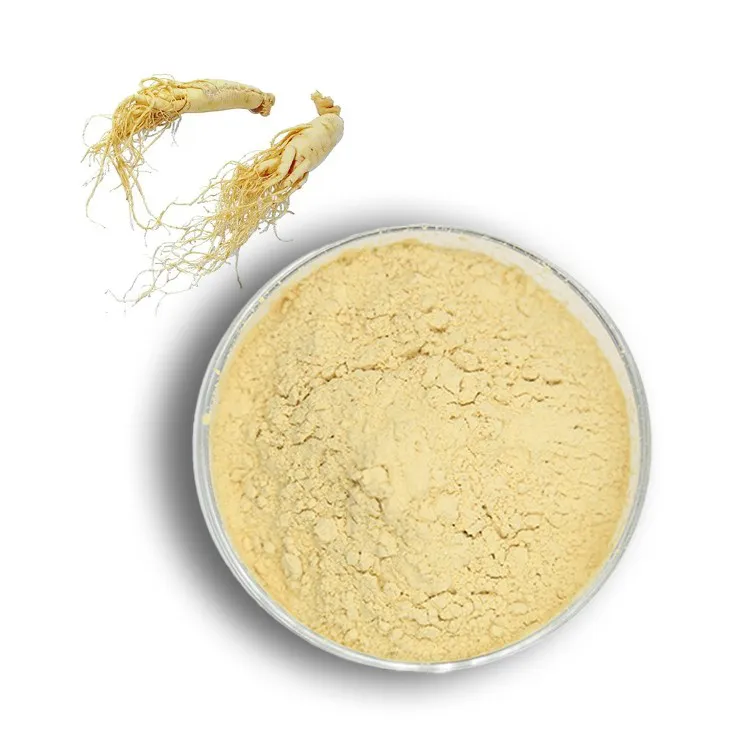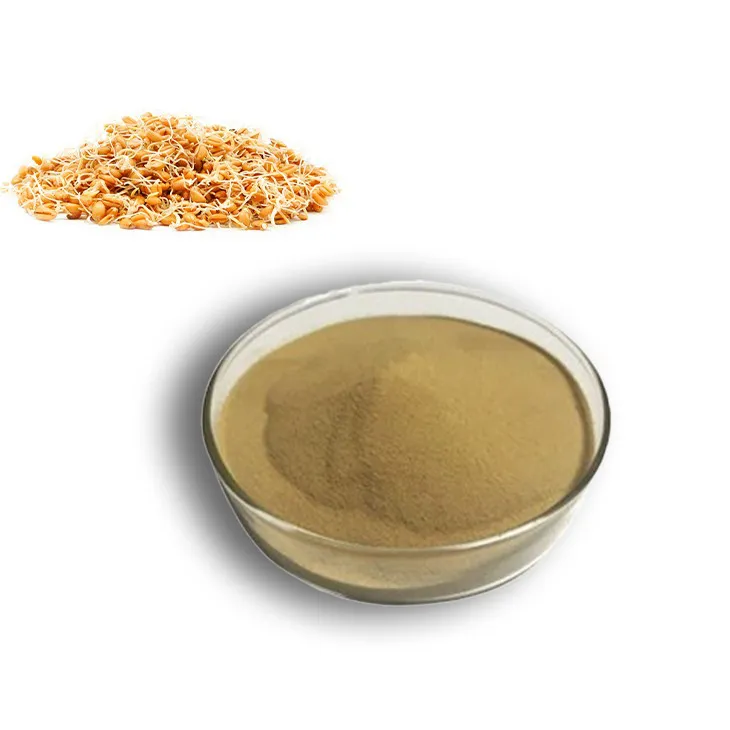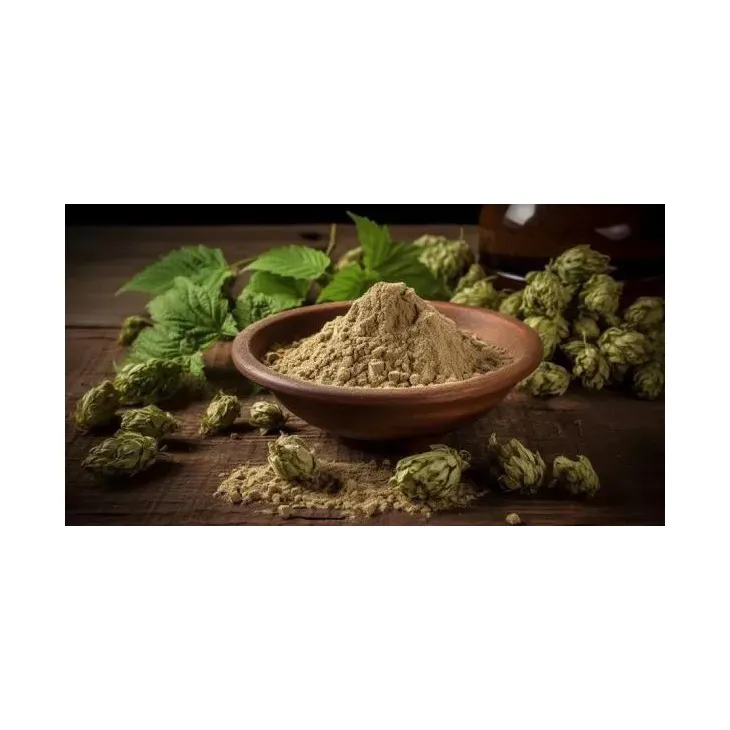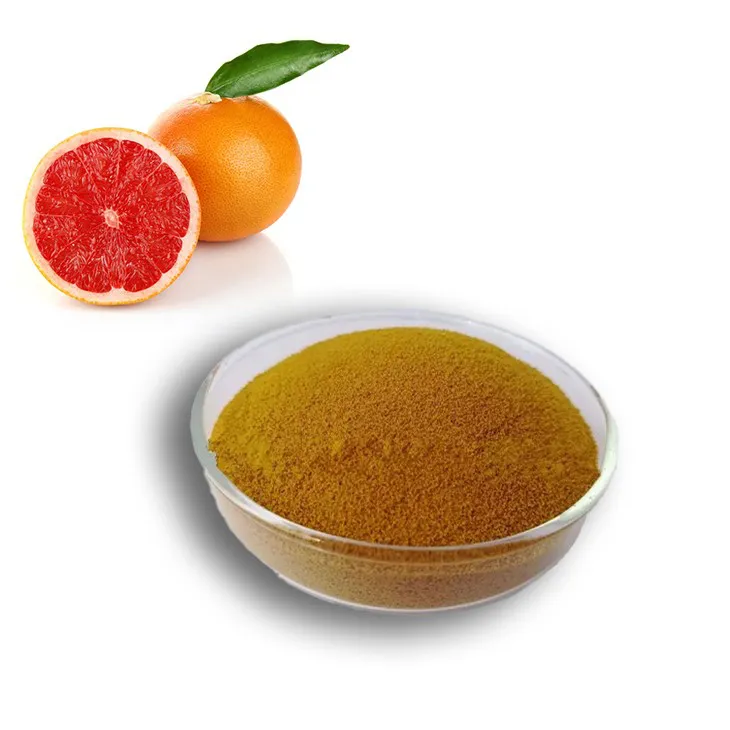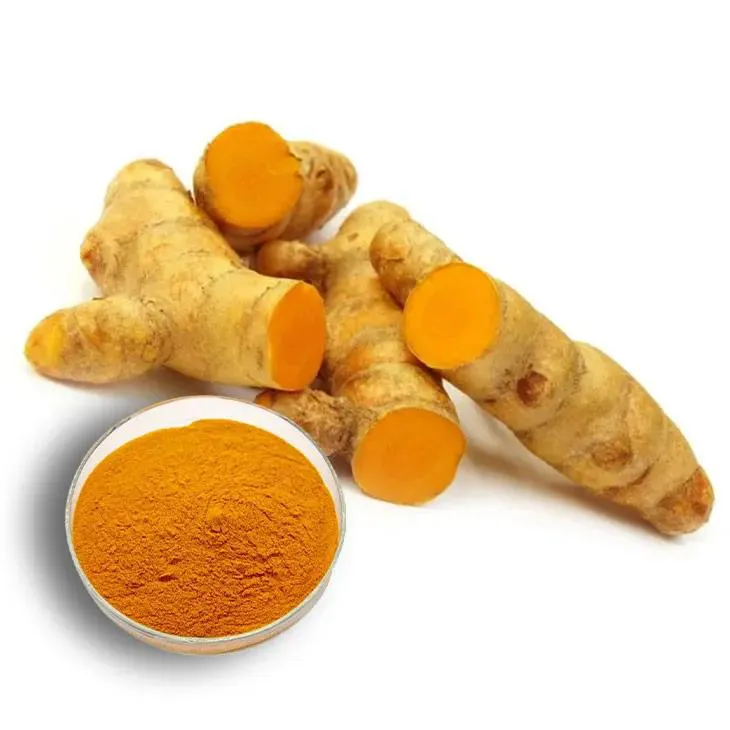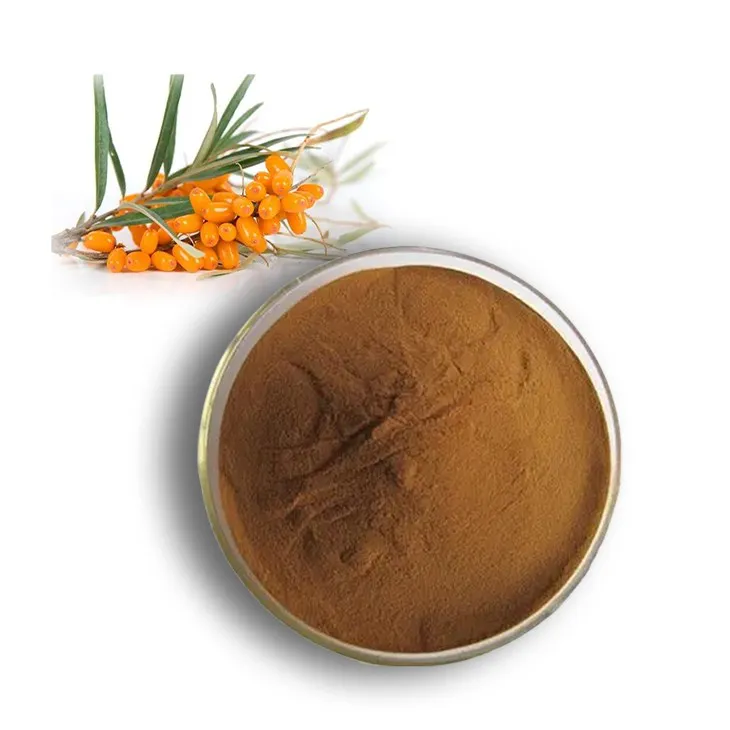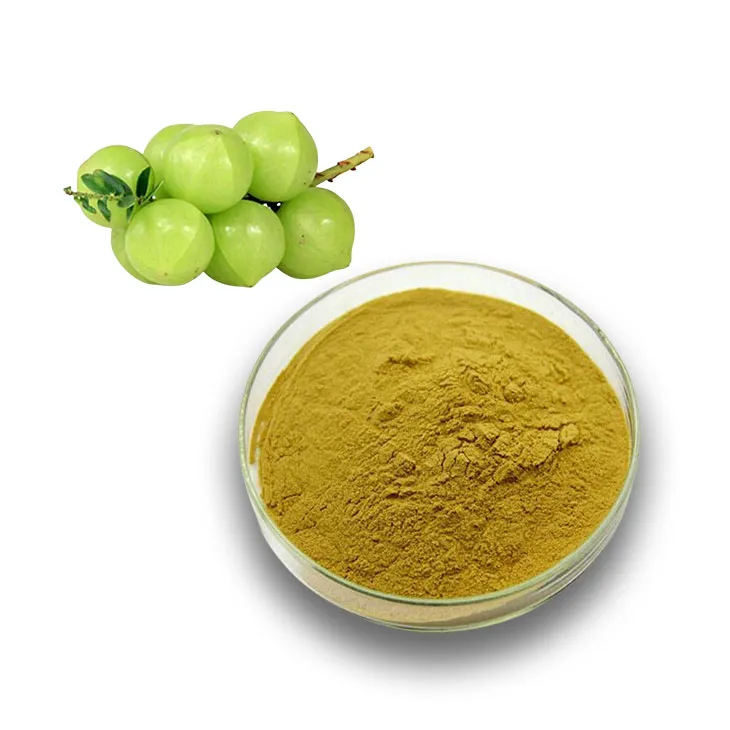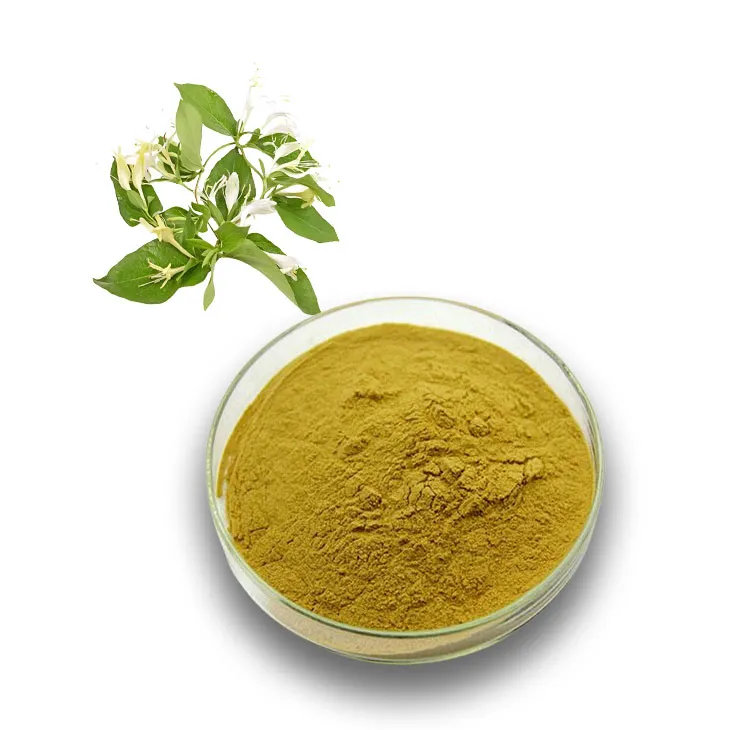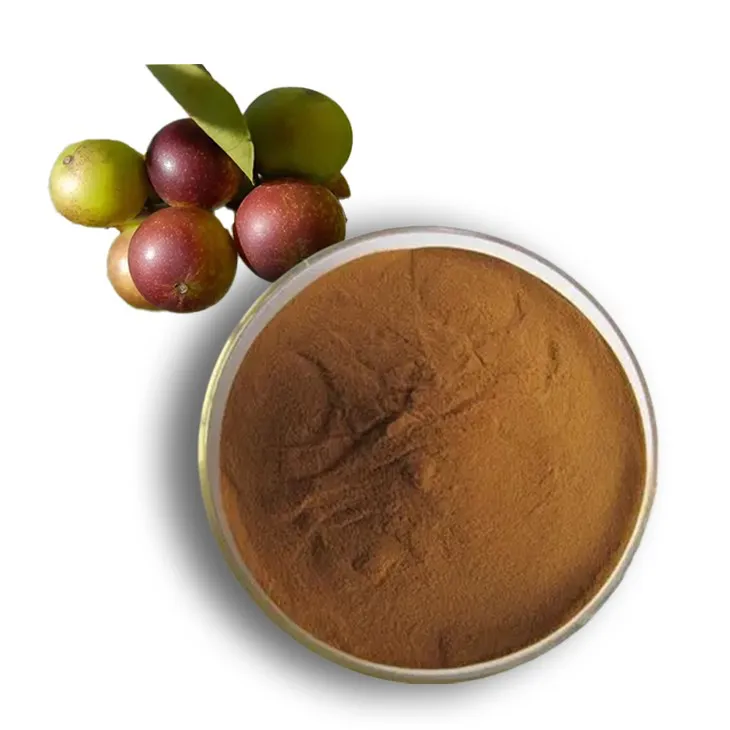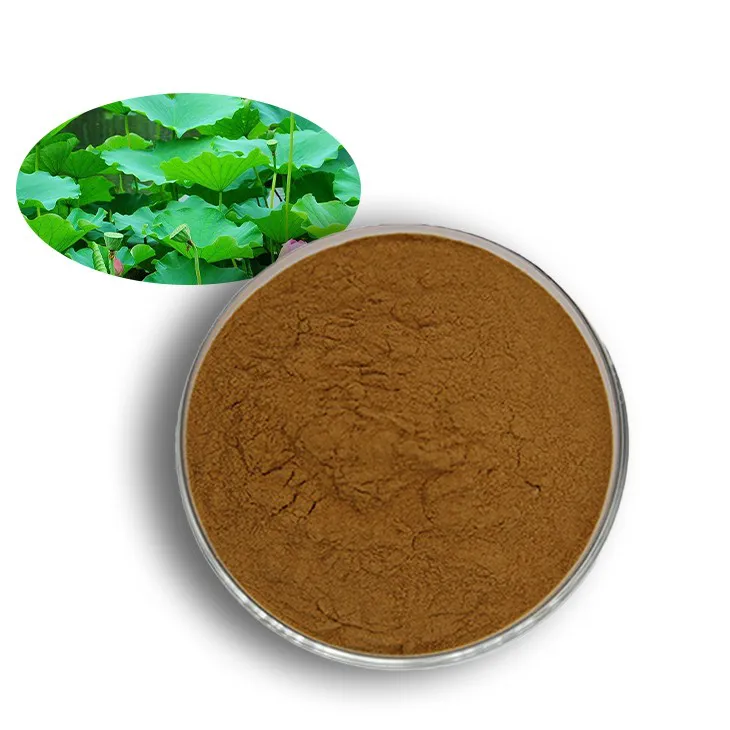- 0086-571-85302990
- sales@greenskybio.com
how to extract resin from plants
2023-09-26
1. Understanding the Composition of Resin
1. Understanding the Composition of Resin
Resin is a complex mixture of organic compounds that is secreted by certain types of plants as a protective mechanism against injury or disease. It is a viscous substance that can harden upon exposure to air, and it plays a crucial role in various industries due to its diverse properties and applications.
Composition
Resin is composed of a variety of chemical compounds, including terpenes, phenols, and esters, among others. The exact composition can vary significantly depending on the plant species and the specific part of the plant from which the resin is extracted. Here are some of the key components:
- Terpenes: These are the primary constituents of many resins and are responsible for their characteristic aromas. Terpenes are a large and diverse class of organic compounds that can be found in many plants, often playing a role in defense against herbivores and pathogens.
- Phenols: These compounds are often present in resins and can have antioxidant properties. They contribute to the color and stability of the resin.
- Esters: Esters are compounds formed from an acid and an alcohol. They can contribute to the scent and flavor of the resin and are often involved in the plant's defense mechanisms.
Properties
The properties of resin can be influenced by its composition, including:
- Viscosity: The thickness and stickiness of the resin, which can vary from a thin liquid to a thick, tar-like substance.
- Hardness: Once hardened, the resin can range from soft and pliable to extremely hard and brittle.
- Solubility: Some resins are soluble in certain solvents, while others are not.
- Aromatic Qualities: Many resins have distinctive smells due to their terpene content.
Functions in Plants
Resin serves several important functions within the plant:
- Protection: It seals wounds to prevent the loss of water and nutrients, and it can deter herbivores due to its sticky nature and sometimes unpleasant taste.
- Defense: Resin can contain antimicrobial compounds that protect the plant from infections.
- Communication: Some resins may act as signals to other parts of the plant or even to other plants, indicating the presence of a threat.
Understanding the composition of resin is essential for anyone looking to extract it from plants, as it influences the methods of extraction, the safety precautions that need to be taken, and the potential applications of the extracted product. In the following sections, we will delve deeper into the types of plants that produce resin, the equipment and materials needed for extraction, and the detailed process itself.
2. Types of Resin-Producing Plants
2. Types of Resin-Producing Plants
Resin is a sticky substance produced by various plants as a part of their defense mechanism against herbivores, pathogens, or environmental stress. It is rich in terpenes and other bioactive compounds, which have a wide range of applications in industries such as pharmaceuticals, cosmetics, and food. Here, we explore some of the most common types of resin-producing plants:
1. Pine Trees (Pinus spp.): Pine resin is a well-known type of plant resin, used for its adhesive properties and as a source of turpentine. It is collected from various species of pine trees.
2. Fir Trees (Abies spp.): Similar to pines, fir trees produce resin that can be used for similar applications, including as a component in varnishes and paints.
3. Spruce Trees (Picea spp.): Spruce resin is another type that is used in the production of certain types of adhesives and has been traditionally used in medicine.
4. Balsam Fir (Abies balsamea): Known for its aromatic resin, balsam fir is used in the production of Canada balsam, which is used in optics for its ability to cement glass pieces together without an air gap.
5. Frankincense Trees (Boswellia spp.): These trees are famous for their aromatic resin, frankincense, which has been used for centuries in religious ceremonies and traditional medicine.
6. Myrrh Trees (Commiphora spp.): Myrrh is another valuable resin with a long history of use in perfumery and medicine.
7. Mastic Trees (Pistacia lentiscus): The mastic tree is unique for its production of mastic gum, a resin used in confectionery and traditional medicine.
8. Dammar Trees (Shorea spp.): Dammar resin is used in the production of lacquers and has been used historically in varnishes.
9. Amber: Although not directly obtained from a living plant, amber is fossilized tree resin, often containing trapped insects or plant material, and is valued for its use in jewelry and as a curiosity in natural history collections.
10. Opium Poppy (Papaver somniferum): While not typically thought of as a resin-producing plant, the opium poppy is known for the latex that is harvested to produce opium, from which many alkaloids, including morphine and codeine, are derived.
Each of these plants has unique properties and compounds within their resin, making them suitable for different applications. Understanding the specific characteristics of each plant's resin is crucial for determining its potential uses and the most appropriate extraction methods.
3. Equipment and Materials Needed for Extraction
3. Equipment and Materials Needed for Extraction
When it comes to extracting resin from plants, having the right equipment and materials is crucial for a successful and efficient process. Here's a list of the essential items you'll need:
1. Plant Material: Choose the appropriate plant species that produce the type of resin you're interested in. Ensure that the plant material is fresh and of high quality.
2. Cutting Tools: A sharp knife or pruning shears to harvest the plant material without damaging it.
3. Mortar and Pestle: Useful for breaking down the plant material and releasing the resin.
4. Sieves: Fine mesh sieves to separate the plant material from the resin.
5. Solvent: Depending on the extraction method, you may need a solvent such as ethanol, acetone, or water to help dissolve the resin.
6. Distillation Apparatus: If you're using a solvent-based extraction method, a distillation setup will be necessary to evaporate the solvent and collect the resin.
7. Heat Source: A controlled heat source, such as a double boiler or a water bath, to prevent overheating and degradation of the resin.
8. Glassware: Beakers, flasks, and graduated cylinders for measuring and mixing solutions.
9. Filter Paper: To filter out any solid particles from the resin solution.
10. Storage Containers: Clean, airtight containers to store the extracted resin, such as glass vials or jars.
11. Personal Protective Equipment (PPE): Safety goggles, gloves, and a lab coat to protect yourself from potential hazards during the extraction process.
12. Scale: An accurate scale to measure the quantities of plant material and solvents.
13. Stirring Rods: For mixing solutions and ensuring the plant material is evenly coated with the solvent.
14. Temperature and pH Meters: To monitor the conditions during the extraction process, ensuring optimal results.
15. Filtration System: A vacuum filtration setup or a Büchner funnel for efficient filtration of the resin solution.
16. Drying Racks or Oven: To remove any residual solvent from the resin after extraction, using a drying rack or a controlled temperature oven.
17. Separatory Funnel: For separating the resin from the solvent in liquid-liquid extraction methods.
18. Glass Syringes: For precise collection and transfer of the resin.
19. Refrigeration: A refrigerator or cold room to store the solvent and possibly the extracted resin if required.
20. Notebook and Pen: To record the process, observations, and results for future reference and optimization.
Having these materials and equipment ready will ensure a smoother extraction process and increase the chances of obtaining high-quality plant resin.
4. The Extraction Process: Step-by-Step Guide
4. The Extraction Process: Step-by-Step Guide
Extracting resin from plants is a meticulous process that requires careful attention to detail. Here is a step-by-step guide to help you through the process:
Step 1: Selection of Plant Material
- Choose the appropriate resin-producing plant species based on your needs.
- Ensure the plant material is fresh and healthy to maximize resin yield.
Step 2: Preparation of Plant Material
- Clean the plant material to remove any dirt or debris.
- Depending on the plant, you may need to chop, grind, or otherwise prepare the material to increase the surface area for extraction.
Step 3: Collection of Resin
- For some plants, such as pines, you can use a scraping or chipping technique to collect the resin directly from the bark.
- For others, you may need to apply heat or pressure to stimulate resin flow.
Step 4: Solvent Application
- Apply a suitable solvent to the plant material to dissolve the resin. Common solvents include ethanol, hexane, or water, depending on the specific plant and desired purity of the resin.
- Ensure the solvent is of high quality to avoid contamination.
Step 5: Extraction Method
- There are several methods for extracting resin, including:
- Cold pressing: Applying mechanical pressure to the plant material without heat.
- Steam distillation: Using steam to heat the plant material and vaporize the resin, which is then condensed back into liquid form.
- Solvent extraction: Using a solvent to dissolve the resin, which is then separated from the plant material.
- CO2 extraction: Utilizing pressurized carbon dioxide to extract the resin, which is then depressurized to release the resin.
Step 6: Filtration
- Filter the extracted mixture to separate the resin from the plant material and any impurities. This can be done using cheesecloth, filter paper, or a mechanical filter.
Step 7: Evaporation or Distillation
- If a solvent was used, evaporate the solvent to leave behind the resin. This can be done using a rotary evaporator or by gentle heating in a well-ventilated area.
- If using a distillation method, collect the condensed vapor, which contains the resin.
Step 8: Purification
- Further purify the resin by removing any remaining solvent or impurities. This may involve additional filtration, centrifugation, or crystallization processes.
Step 9: Drying
- Dry the resin to remove any residual moisture. This can be done using a vacuum desiccator, air drying, or gentle heating.
Step 10: Storage
- Store the extracted resin in airtight containers, away from light and heat to preserve its properties.
Step 11: Quality Assessment
- Test the quality of the extracted resin to ensure it meets the desired specifications. This may involve chemical analysis, viscosity testing, or other quality control measures.
By following these steps, you can successfully extract resin from plants for various applications. Remember that each plant species may require specific adjustments to the extraction process, so it's essential to research and adapt the method accordingly.
5. Safety Precautions During Resin Extraction
5. Safety Precautions During Resin Extraction
Resin extraction from plants is a delicate process that requires attention to safety precautions to ensure a successful and risk-free procedure. Here are some essential safety measures to consider during the extraction process:
1. Personal Protective Equipment (PPE):
- Always wear appropriate PPE, including gloves, safety goggles, and a face shield to protect your skin and eyes from potential irritants and splashes.
- Use a lab coat or apron to protect your clothing from chemicals and plant materials.
2. Ventilation:
- Conduct the extraction in a well-ventilated area to avoid inhaling fumes from solvents or other chemicals used in the process.
3. Chemical Handling:
- Handle all chemicals with care, following the manufacturer's instructions for use and storage.
- Avoid mixing chemicals that could produce hazardous reactions.
4. Fire Safety:
- Be aware of the flammability of solvents and other materials used in the extraction process.
- Keep a fire extinguisher nearby and familiarize yourself with its use.
5. Temperature Control:
- Monitor the temperature during the extraction process, especially when using heat, to prevent overheating and potential hazards.
6. Use of Equipment:
- Ensure all equipment is in good working order and used according to the manufacturer's guidelines.
- Regularly inspect and maintain equipment to prevent accidents.
7. Disposal of Waste:
- Dispose of all waste materials according to local regulations and environmental guidelines.
- Do not pour chemicals down the drain or into the environment without proper treatment.
8. First Aid Knowledge:
- Be prepared for potential accidents by having a first aid kit on hand and knowing basic first aid procedures.
9. Training and Supervision:
- If you are new to resin extraction, seek training from experienced professionals.
- Work under supervision until you are confident in your ability to perform the extraction safely.
10. Emergency Procedures:
- Familiarize yourself with emergency procedures in case of fire, chemical spill, or other accidents.
By adhering to these safety precautions, you can minimize risks and ensure that your resin extraction process is as safe as possible. Always prioritize safety over efficiency and never compromise on protective measures.
6. Purification and Storage of Extracted Resin
6. Purification and Storage of Extracted Resin
After the resin has been successfully extracted from the plant, the next crucial steps involve purification and proper storage to ensure the resin retains its quality and potency. Here's how to proceed:
Purification Process:
1. Filtering: Begin by filtering the raw resin to remove any plant debris or impurities. Use a fine mesh strainer or cheesecloth to achieve this.
2. Drying: Allow the filtered resin to dry naturally in a well-ventilated area, away from direct sunlight. This step is crucial to prevent the growth of mold or bacteria.
3. Solvent Washing: In some cases, especially with more viscous resins, a solvent wash using non-toxic solvents like ethanol or isopropanol may be necessary to further purify the resin.
4. Distillation: For some applications, distillation might be required to separate the resin into its various components, especially for obtaining essential oils or specific chemical compounds.
5. Crystallization: Some resins may need to be crystallized to purify them further. This involves dissolving the resin in a solvent and then slowly evaporating the solvent to allow the resin to recrystallize.
Storage Considerations:
1. Airtight Containers: Store the purified resin in airtight containers to prevent contamination and degradation from exposure to air.
2. Cool and Dark Environment: Resin should be kept in a cool, dark place to protect it from heat and light, which can cause degradation over time.
3. Humidity Control: Maintain low humidity levels to prevent the resin from absorbing moisture, which can lead to spoilage.
4. Labeling: Clearly label containers with the type of resin, date of extraction, and any other relevant information to maintain accurate records.
5. Batch Management: Keep track of different batches of resin to monitor quality and ensure that the oldest stock is used first.
Quality Assurance:
1. Regular Testing: Periodically test the stored resin for purity and potency to ensure it meets the required standards.
2. Temperature Monitoring: Use temperature monitoring devices if necessary, especially for more sensitive resins that require specific storage conditions.
3. Inventory Management: Keep an accurate inventory of the resin stock, noting any changes in appearance, smell, or consistency.
By following these purification and storage guidelines, you can ensure that the extracted plant resin maintains its quality and is ready for use in various applications. Proper handling and storage are just as important as the extraction process itself in preserving the integrity and effectiveness of the resin.
7. Applications and Uses of Plant Resin
7. Applications and Uses of Plant Resin
Plant resin has a wide range of applications and uses across various industries due to its unique properties. Here, we will explore some of the most common and notable uses of plant resin:
1. Medicine and Pharmaceuticals:
Resin from certain plants has been used for centuries in traditional medicine. Today, it is still utilized in modern pharmaceuticals for its healing properties. For example, the resin of the Boswellia tree is used to treat arthritis and other inflammatory conditions.
2. Cosmetics and Personal Care:
Plant resins are often used in cosmetics for their emollient and protective qualities. They can be found in products such as lotions, creams, and balms to soothe and moisturize the skin.
3. Food Industry:
Resin is used to add flavor and texture to certain foods. For instance, pine resin is used in the production of Greek retsina wine, and frankincense resin is used to flavor some types of incense.
4. Adhesives and Sealants:
Natural resins have adhesive properties, making them ideal for use in the production of glues, sealants, and varnishes. They are often used in woodworking and construction for their ability to bond materials together.
5. Art and Crafts:
Artists have used plant resins for centuries to create beautiful works of art. Resin can be used to create sculptures, jewelry, and decorative items. It is also used in the restoration and preservation of historical artifacts.
6. Incense and Aromatherapy:
Many types of plant resin are burned as incense for their aromatic properties. They are used in aromatherapy for their calming and mood-enhancing effects. For example, frankincense and myrrh are popular resins used in incense and aromatherapy.
7. Industrial Applications:
Resins are used in various industrial applications, such as in the production of plastics, rubber, and coatings. They provide strength, durability, and resistance to certain environmental factors.
8. Pest Control:
Some plant resins have natural insecticidal properties. They can be used as a natural alternative to chemical pesticides in agriculture and horticulture.
9. Fuel and Energy:
Resin can be processed into biofuels, providing a renewable source of energy. This is an emerging field with potential for sustainable development.
10. Cultural and Spiritual Significance:
In many cultures, plant resins have spiritual and cultural significance. They are used in religious ceremonies, rituals, and as offerings to deities.
The versatility of plant resin makes it a valuable resource with numerous applications. As research continues, we can expect to discover even more uses for this fascinating natural substance.
8. Legal Considerations and Ethical Sourcing
8. Legal Considerations and Ethical Sourcing
When extracting resin from plants, it is crucial to consider both the legal and ethical aspects of the process. This section will explore the importance of adhering to regulations and sourcing materials responsibly.
Legal Considerations:
1. Regulatory Compliance: Ensure that you are aware of and comply with all local, national, and international laws regarding the extraction and use of plant resins. This may include obtaining necessary permits, licenses, or certifications.
2. Endangered Species: Some plants that produce valuable resins may be endangered or protected by conservation laws. It is essential to avoid harvesting from these species to prevent further endangerment.
3. Trade Regulations: Certain plant resins may be subject to international trade regulations, such as the Convention on International Trade in Endangered Species of Wild Fauna and Flora (CITES). Ensure that any trade in these resins is legal and ethical.
Ethical Sourcing:
1. Sustainable Harvesting: Practice sustainable harvesting methods to ensure that the plant populations are not depleted. This may involve selective harvesting, leaving a certain number of plants untouched, or replanting after extraction.
2. Community Impact: Consider the impact of your resin extraction activities on local communities and ecosystems. Engage with local stakeholders to ensure that your practices are beneficial and not harmful to the community and environment.
3. Fair Trade and Labor Practices: If you are sourcing plant materials from other parties, ensure that they adhere to fair trade principles and ethical labor practices. This includes fair wages, safe working conditions, and the absence of child or forced labor.
4. Transparency: Maintain transparency in your sourcing and extraction processes. This can help build trust with consumers and ensure that your practices are accountable and traceable.
5. Environmental Stewardship: Adopt practices that minimize the environmental impact of your resin extraction activities. This may include using eco-friendly equipment, reducing waste, and implementing measures to prevent soil and water contamination.
By taking these legal and ethical considerations into account, you can ensure that your resin extraction activities are responsible, sustainable, and respectful of both the environment and the communities involved. This not only helps protect the plants and ecosystems but also contributes to the long-term viability of the industry.
9. Conclusion and Future Perspectives
9. Conclusion and Future Perspectives
In conclusion, extracting resin from plants is a fascinating and rewarding process that can yield a variety of useful substances with a wide range of applications. From the initial understanding of the composition of resin to the final purification and storage steps, this process requires careful attention to detail, precision, and adherence to safety precautions.
The diversity of resin-producing plants offers a plethora of opportunities for experimentation and innovation. As we continue to explore and understand the properties of different types of resins, we can expect to discover new applications and uses for these natural substances.
Looking to the future, there is significant potential for advancements in the field of resin extraction. Technological innovations may lead to more efficient and sustainable methods of extraction, reducing the environmental impact and increasing the accessibility of plant resins. Additionally, further research into the chemical properties of resins could unlock new possibilities for their use in medicine, agriculture, and other industries.
However, it is crucial to approach the extraction and use of plant resins with a strong sense of ethical responsibility. Ensuring that the sourcing of these materials is sustainable and respectful of the environment and local communities is essential. As we move forward, we must strive to balance the benefits of resin extraction with the need to protect our natural resources and the ecosystems they support.
In summary, the extraction of resin from plants is a multifaceted process that offers both challenges and opportunities. With continued research, innovation, and a commitment to ethical practices, we can unlock the full potential of these valuable natural resources and contribute to a more sustainable and innovative future.
- ▶ Hesperidin
- ▶ Citrus Bioflavonoids
- ▶ Plant Extract
- ▶ lycopene
- ▶ Diosmin
- ▶ Grape seed extract
- ▶ Sea buckthorn Juice Powder
- ▶ Fruit Juice Powder
- ▶ Hops Extract
- ▶ Artichoke Extract
- ▶ Mushroom extract
- ▶ Astaxanthin
- ▶ Green Tea Extract
- ▶ Curcumin
- ▶ Horse Chestnut Extract
- ▶ Other Product
- ▶ Boswellia Serrata Extract
- ▶ Resveratrol
- ▶ Marigold Extract
- ▶ Grape Leaf Extract
- ▶ New Product
- ▶ Aminolevulinic acid
- ▶ Cranberry Extract
- ▶ Red Yeast Rice
- ▶ Red Wine Extract
-
Ginseng Root Extract
2023-09-26
-
Wheat Germ Extract
2023-09-26
-
Uridine-5'-monophosphate Disodium salt
2023-09-26
-
Grapefruit Seed Extract Powder
2023-09-26
-
Curcumin Extract
2023-09-26
-
Buckthorn bark extract
2023-09-26
-
Phyllanthus Emblica Extract
2023-09-26
-
Honeysuckle Pollen
2023-09-26
-
Camu Camu Extract
2023-09-26
-
Lotus leaf extract
2023-09-26











